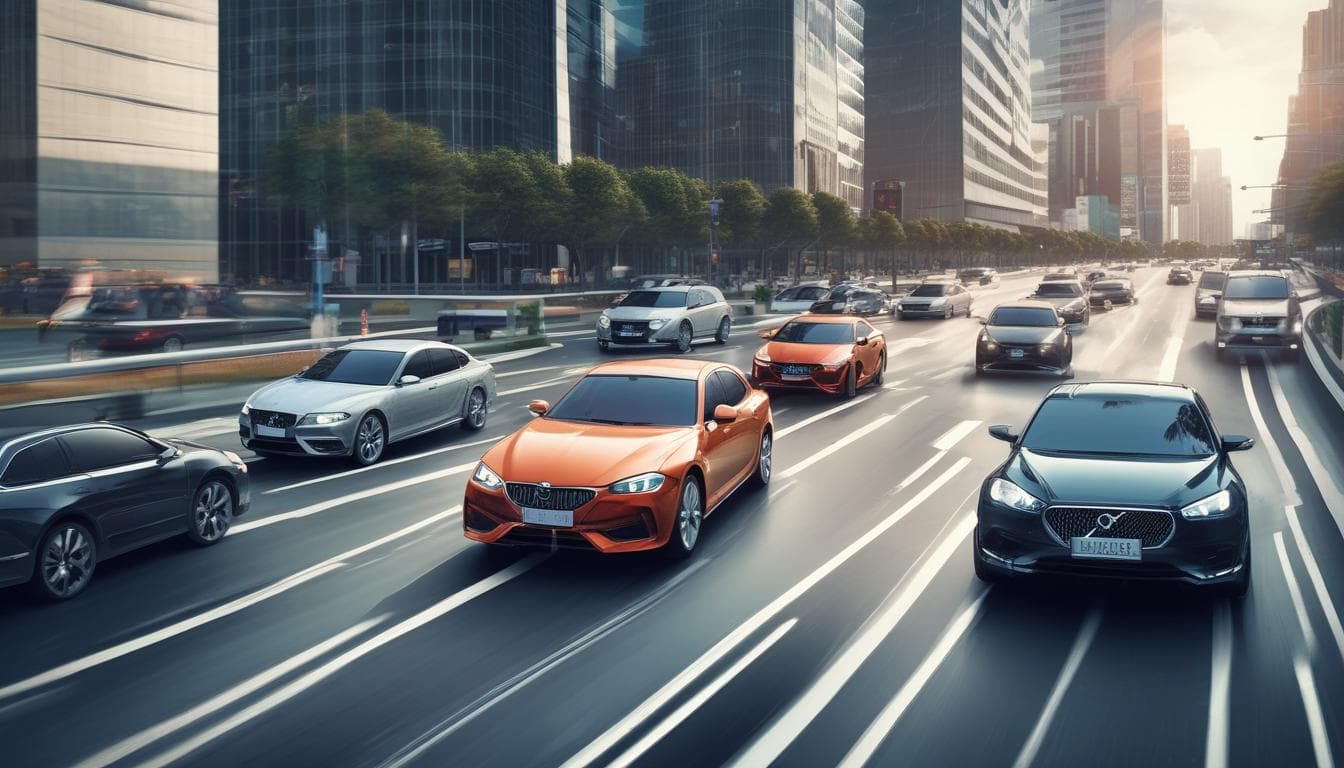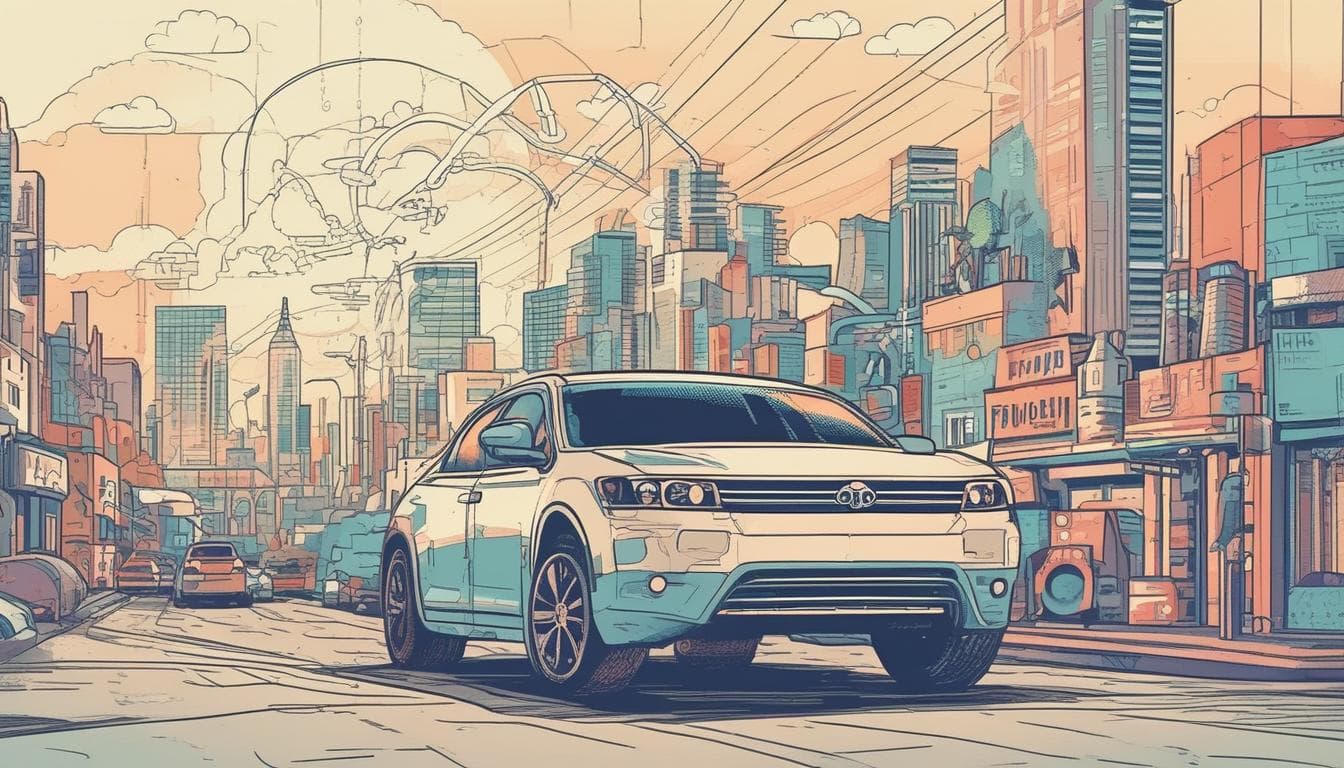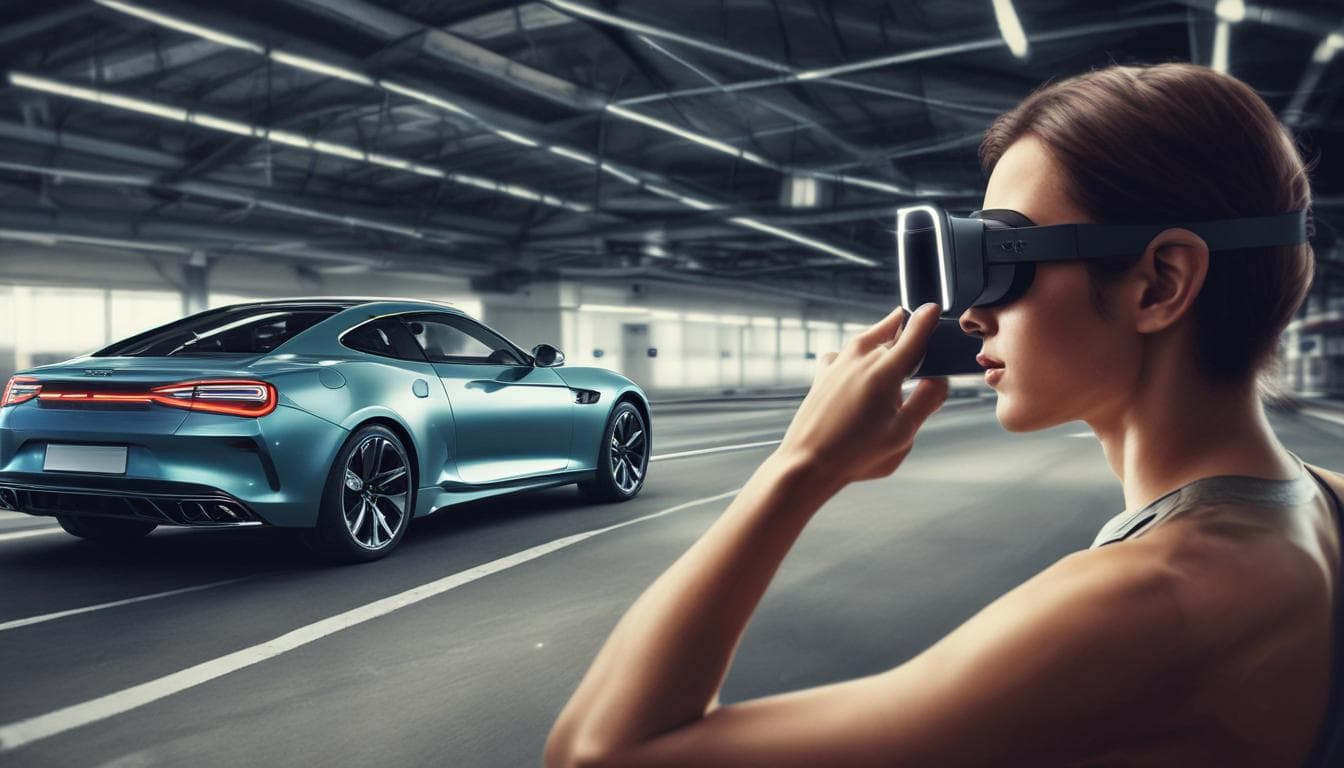With the increasing sophistication of AI in vehicles, how do you envision the future of vehicle-to-vehicle communication evolving? Imagine a scenario where cars can negotiate traffic flow autonomously, predict and prevent accidents, or even share real-time road condition data. What opportunities and challenges do you foresee in this interconnected automotive future?
The evolution of vehicle-to-vehicle (V2V) communication is an exciting topic, and I believe we're only scratching the surface of its potential. Here are some insights into how I envision this technology developing:
Future Opportunities
- Autonomous Traffic Management: Imagine a scenario where vehicles automatically negotiate their own traffic flow. Cars could communicate with each other to optimize routes, reduce congestion, and even coordinate to streamline merging at junctions. This could drastically reduce travel times and fuel consumption.
- Accident Prevention: With real-time data exchange, vehicles can anticipate and react to potential collisions before they happen. If one car's sensors detect a sudden stop ahead, it could alert others in the vicinity, allowing them to adjust their speed or change lanes safely.
- Shared Road Condition Data: Real-time updates about road conditions (e.g., icy patches, construction zones, traffic signals) could improve routing decisions significantly. For instance, if a cluster of cars experiences slippage in a specific area, that information could be shared across the network, enabling others to steer clear.
Challenges to Consider
- Privacy and Security: With cars sharing data, there’s a significant risk of hacking or misuse of personal information. Manufacturers will need to implement robust encryption standards to safeguard communications and user privacy.
- Standardization: For V2V communication to be effective across different manufacturers, a unified standard must be established. Collaboration across the industry is crucial here, which can often be a slow process due to competing interests.
- Infrastructure Readiness: As we transition to smart vehicles, existing road infrastructure may not support these advancements. There will be a need for updates to both hardware and software systems that govern traffic signals, cameras, and road sensors.
In conclusion, the interconnected future of vehicles not only promises enhanced safety and efficiency but also presents unique challenges that need to be addressed collaboratively. It’s an exciting time for the automotive industry as we move toward a more integrated and intelligent transport ecosystem!
Bu Konu Hakkında Daha Fazla Keşfedin
Sohbete Katılın
- Kişiselleştirilmiş Araç İçi Deneyimlerin Geleceği
Otomotiv endüstrisinin geleceğinde, kişiselleştirilmiş araç içi deneyimler sürücüsüz araçlarla nasıl birleşecek? Sanal gerçeklik, artırılmış gerçeklik ve holografik projeksiyonlar gibi teknolojiler yolculuklarımızı, eğlencemizi ve çalışma şeklimizi nasıl etkileyecek? Bu heyecan verici olasılıkları keşfedin.
- Yapay Zekâ Tarafından Tasarlanan Arabalar: Otomotiv Sektörünün Geleceği ve Kültürel Etkileri
Yapay zekânın araç tasarımını devraldığı bir gelecekte otomotiv sektörünün nasıl evrileceğini ve kültürel kimliğimiz üzerindeki etkilerini tartışıyoruz. Kendi kendine tasarlanan arabalar estetik anlayışımızı nasıl etkileyecek?
- Yapay Zekâ ile Otomobillerimiz Duygusal Bağ Kurabilir mi?
Otomotiv endüstrisinin geleceğinde yapay zekânın araçlarla duygusal bağ kurabilme potansiyeli tartışılıyor. Ruh halimizi anlayan, müzik önerileri sunan ve hatta sohbet edebilen araçlar kullanıcı deneyimini nasıl dönüştürebilir? Bu teknolojinin faydaları ve dezavantajları nelerdir?





